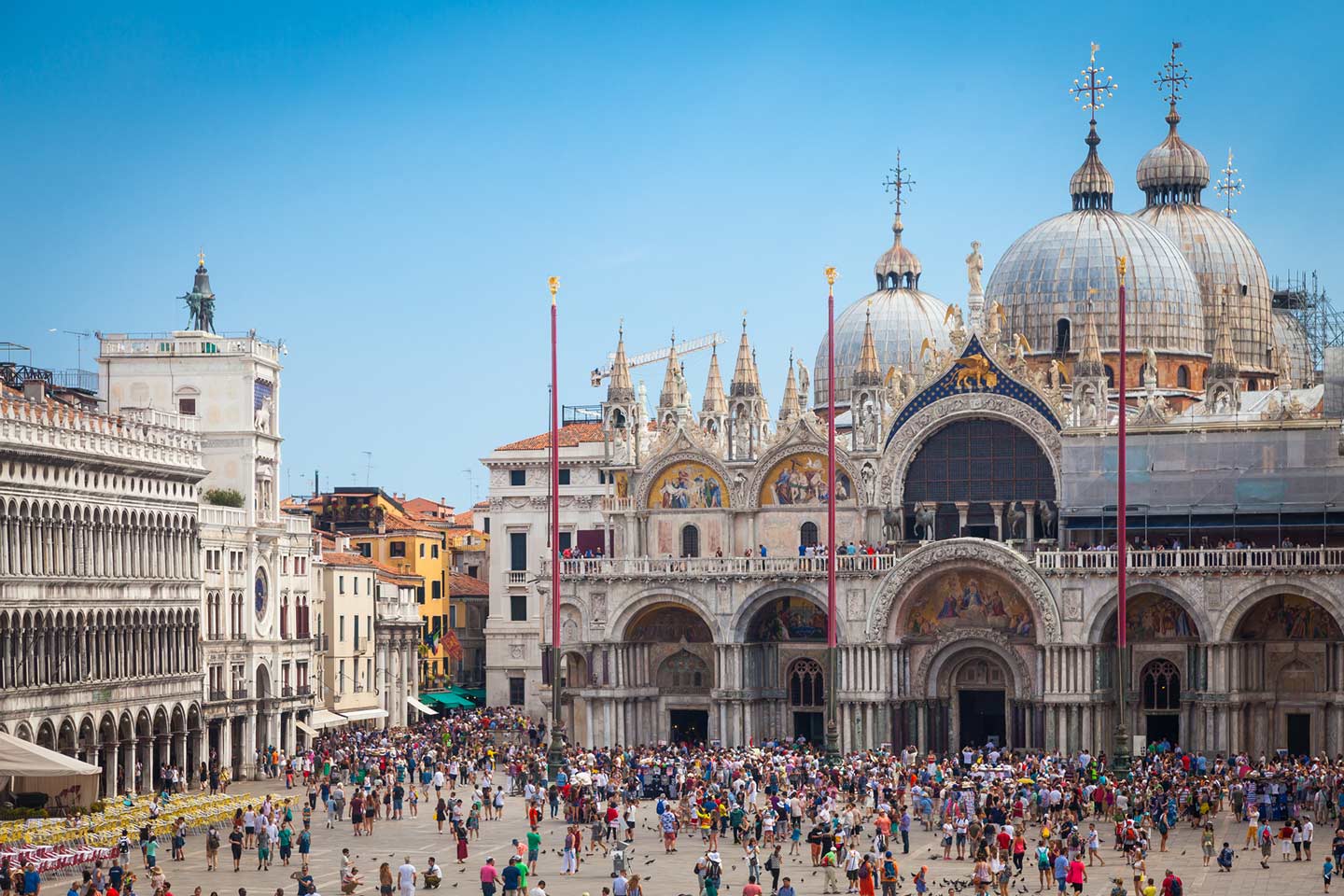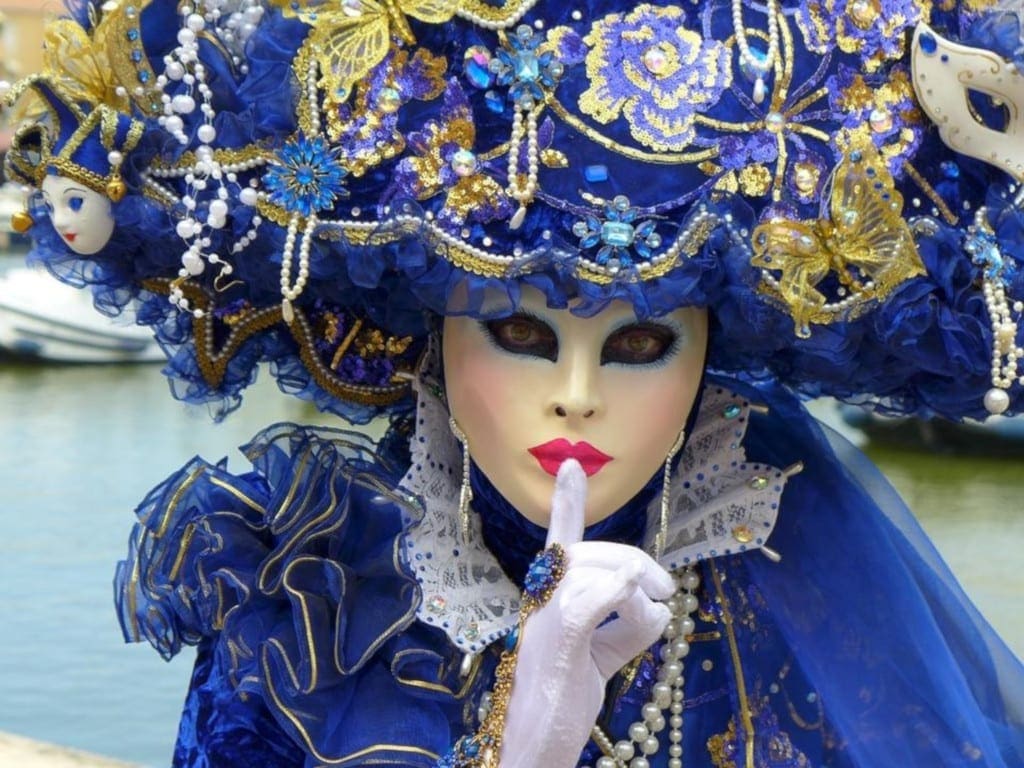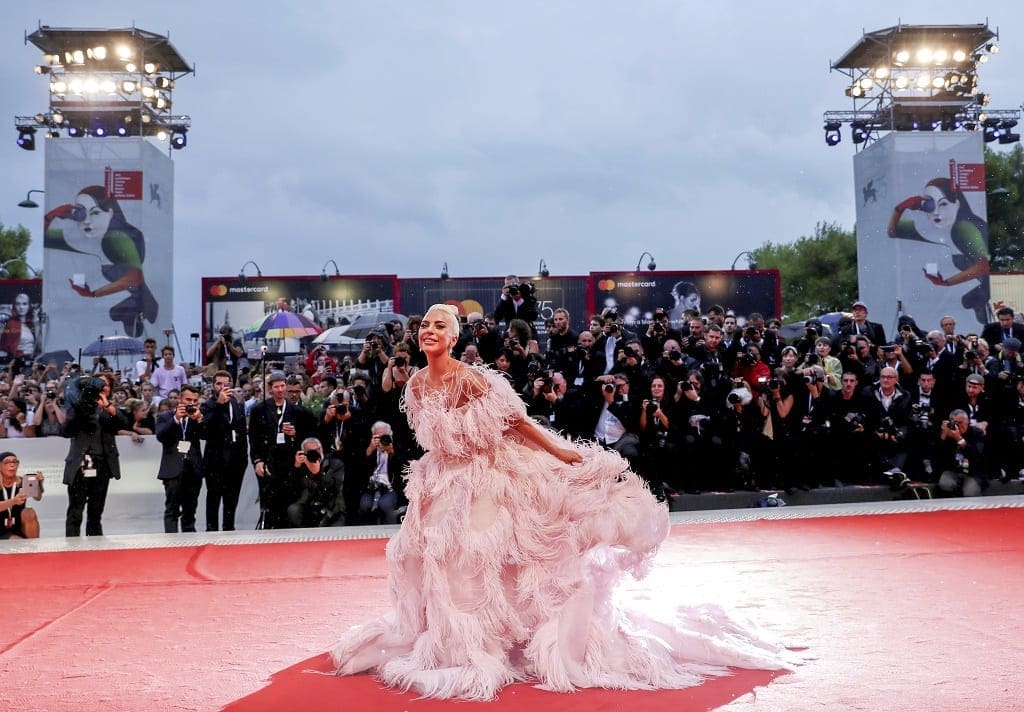Pauline Ronnet ponders whether the post-Covid shape of tourism in Venice will be more sustainable.
Venice is a microcosm of many of the global sustainability challenges facing the world today. Built on a coastal lagoon, the city and its natural surroundings exist in symbiosis as part of the same ecosystem. In this singular coexistence, the line between nature and infrastructure is blurred.
With climate change threatening to tip this balance, the negotiations around how human intervention affects the natural environment are more important than ever. In 2019, the city saw the worst floods since 1966 as a result of sea-level rises, physically damaging buildings and damaging the salt marshes which are crucial to the health of the lagoon.
Venice Overtourism

Moreover, overtourism is turning Venice into a ‘Disneyland attraction park’ as it is often described, rather than a living city. This has been facilitated by the rapid rise of cheap plane tickets, cruise ships and home-sharing platforms such as Airbnb and Booking.com.
In a pre-covid setting, day-trippers arrive en masse on polluting cruise ships to set foot in the city and visit the gift shops, then leave without having made any significant economic contribution. Those who stay one or two nights perpetuate the business of converting what could be family homes or low-rent properties into holiday homes for tourists, driving up property prices for locals.
Many of the city’s shops, bars and restaurants cater to tourists – rather than to Venetians – due to the strong economic incentive to do so, leaving few employment opportunities outside of the tourism industry. Over the decades, the situation has degenerated, causing large-scale depopulation as many Venetians desert the city to seek a higher quality of life elsewhere.
The Enemy Within
Earlier this month, Venetians have also found themselves betrayed from the inside when city mayor and businessman Luigi Brugnaro decided to keep the Venice’s museums closed despite the scheduled re-opening of Italy’s civic museums on the 15 January.
“Our museums depend principally on the tourists. There is a business logic, an entrepreneurial culture in making things work. Should I be ashamed of administering a public asset like a business enterprise, of making it profitable?” he said.
Jane da Mosto, CEO of the Italian NGO We Are Here Venice (WaHV), said, “The preemptive announcement of the Civic museums’ total closure for the coming months was disturbing because it overlooks the importance and significance of the museums as cultural assets. Visitors and exhibitions are just the tip of the iceberg in terms of real work invested in scientific research, cataloguing, development of learning, conservation and maintenance.”
As opposition leader Monica Sambo put it, this move sends the message that Venice’s amenities can “be considered relevant only to tourists”.
A Deathly Calm

With the tourists gone, the streets are quiet and the canals have gone from murky to clear due to the absence of motorised boats. Nature has made a comeback. Gondoliers count the fishes to pass the time, with no customers and no way of getting alternative employment.
Covid restrictions have had a disastrous impact on the city’s economy and have caused unemployment to be at an all-time high, exposing the lack of security in the current tourism model.
Although some initiatives have been put forward in recent years by the local administration in an effort to regulate Venice overtourism, these have been ineffective and have failed to address the root cause of the problem. One of the latest proposals is a tourist tax for day-trippers, which is set to be implemented in 2022, but which has been called “useless and damaging” by the Italian Minister of Tourism Gian Marco Centinaio.
A Sustainable Future for the Tourism of Venice
With the pandemic acting as a breaking point between the present economic crisis and the growing problems of the past decades, WaHV is pushing to use the pandemic as an opportunity to transition towards a more sustainable tourism model.

WaHV advocates for sustainable cruising and works on projects to increase alternative employment opportunities.
In a recently published report, ‘Whose city is it anyway?’, WaHV suggests that tourism should be regulated by introducing policy measures such as tax incentives to encourage the long-term rental of properties and subsidy schemes to support permanent residents and attract new residents.
“Our task now is to ensure that the città storica is reborn following this period of enforced hibernation – not merely resurrected as a facsimile of the former, ailing status quo”, it states.
The next few years will see whether tourism in Venice is indeed reborn in a more sustainable manner than before, or whether it will revert to business as usual.